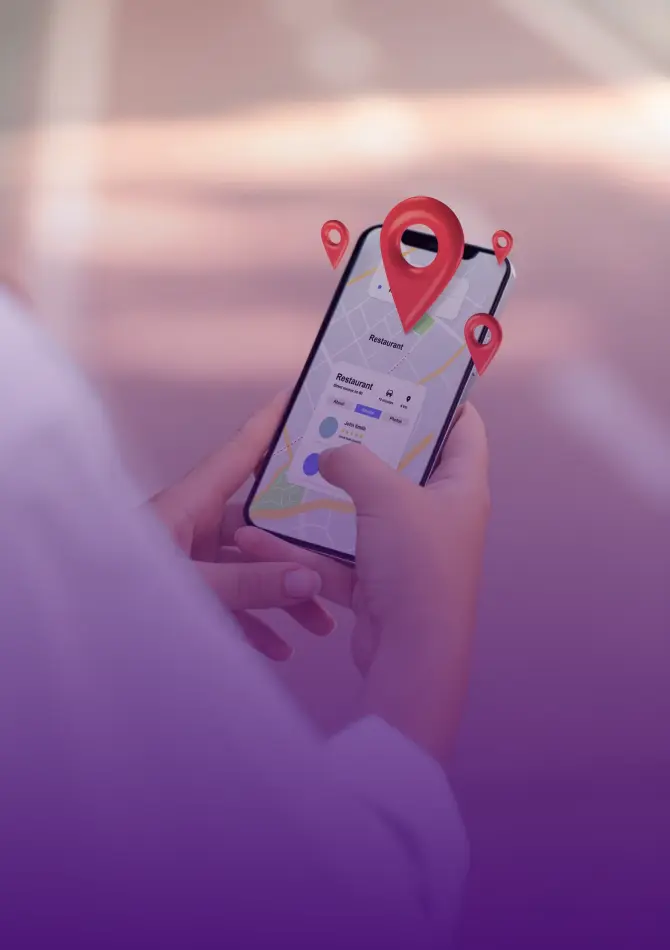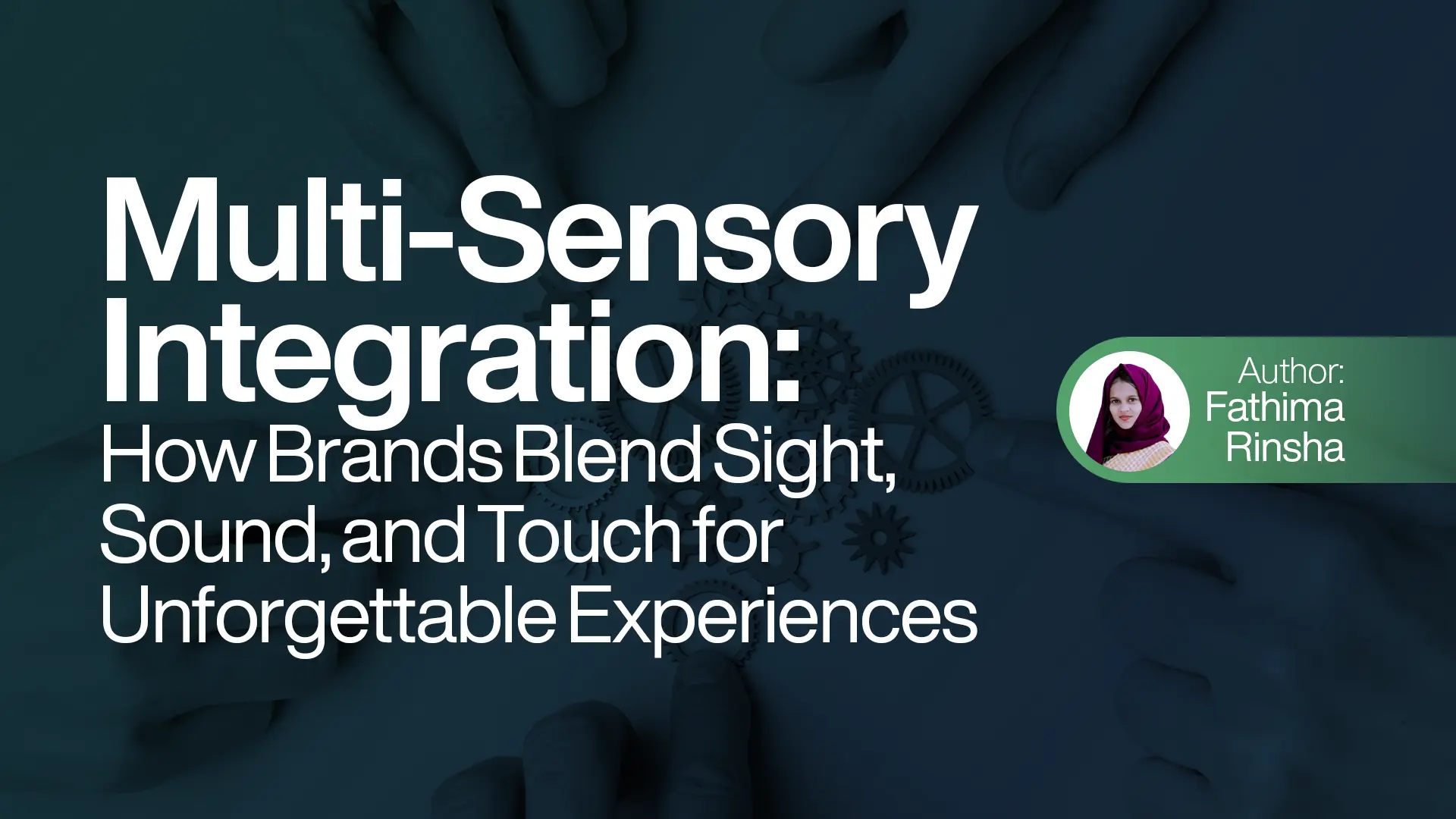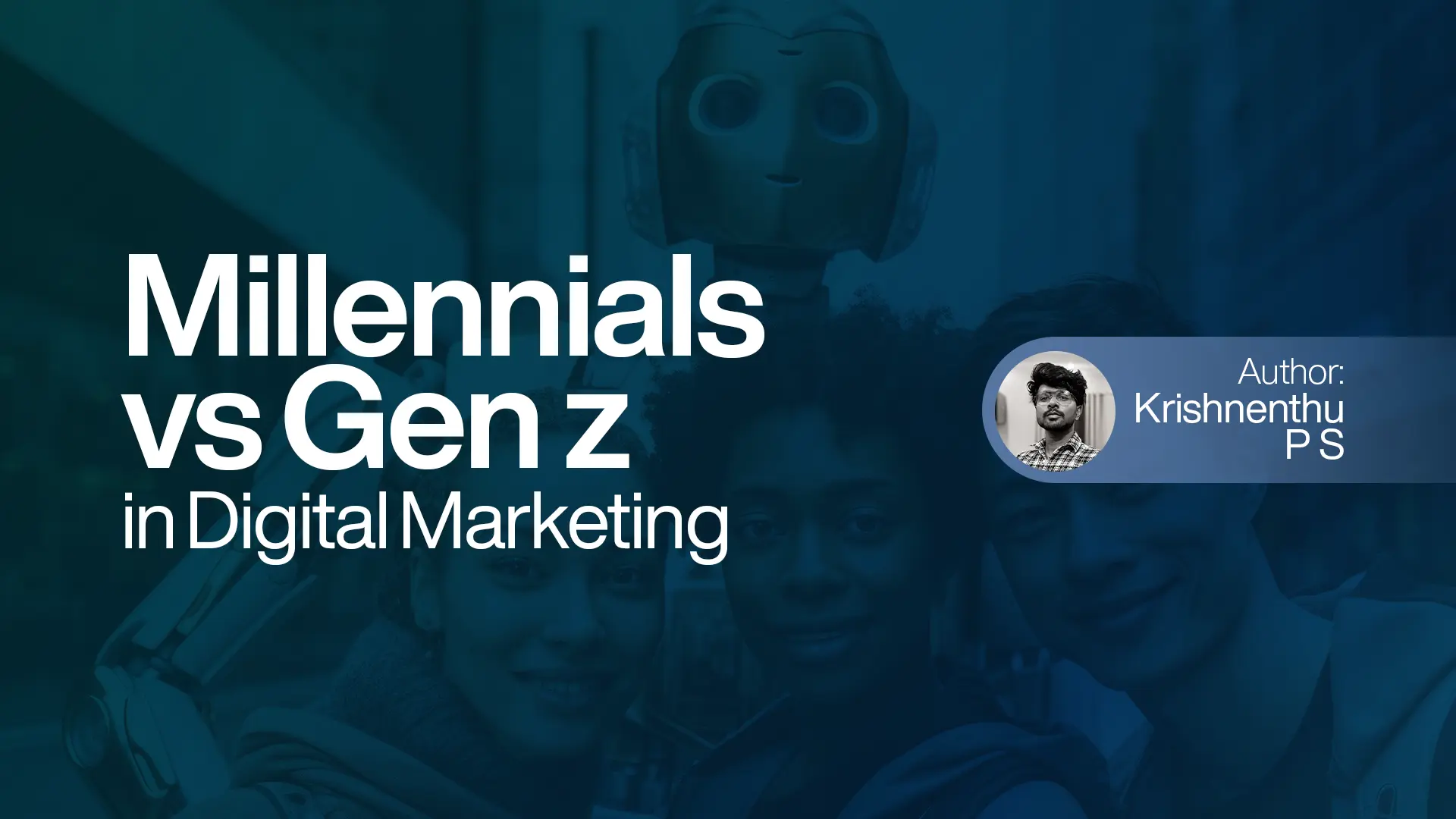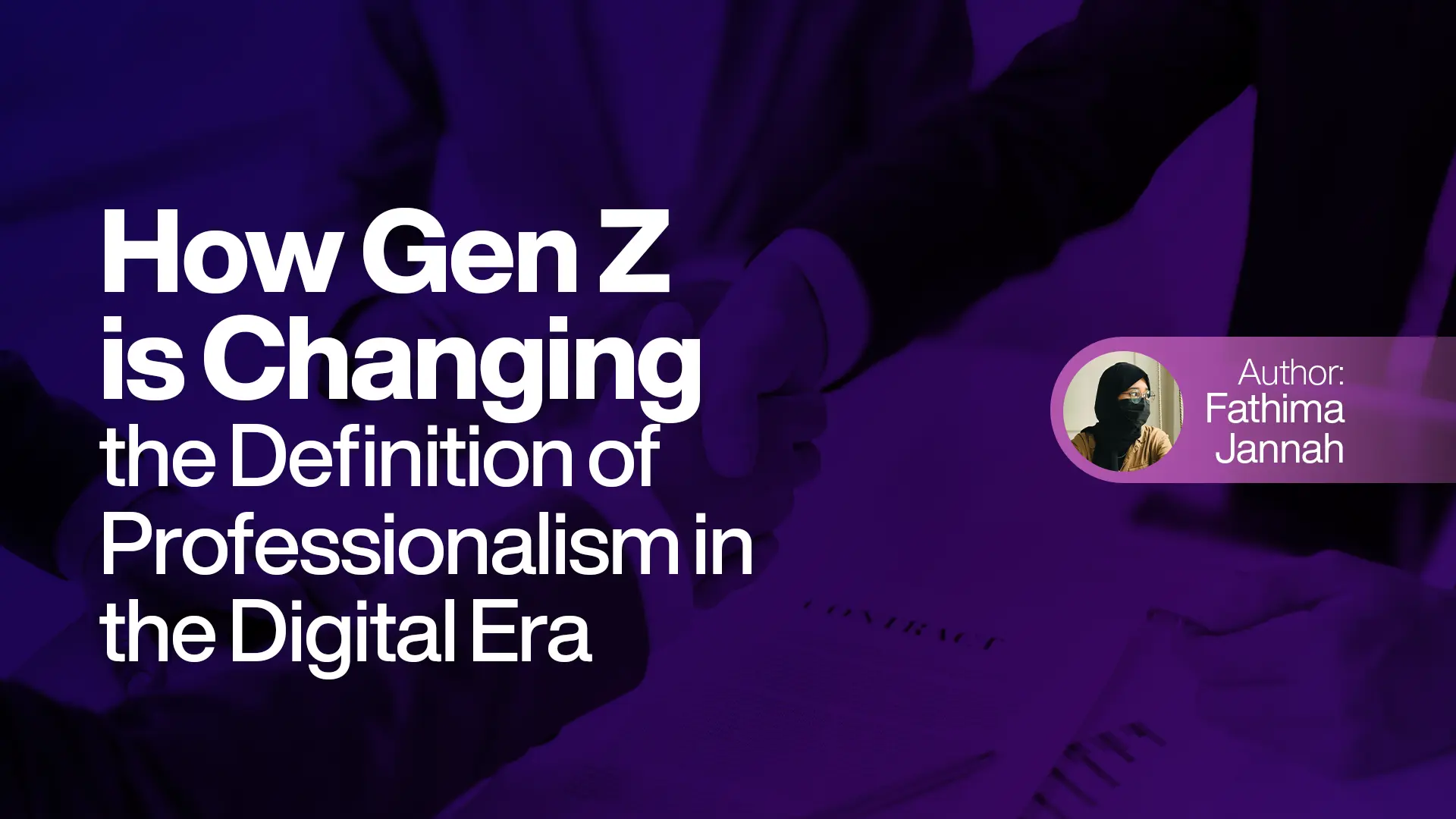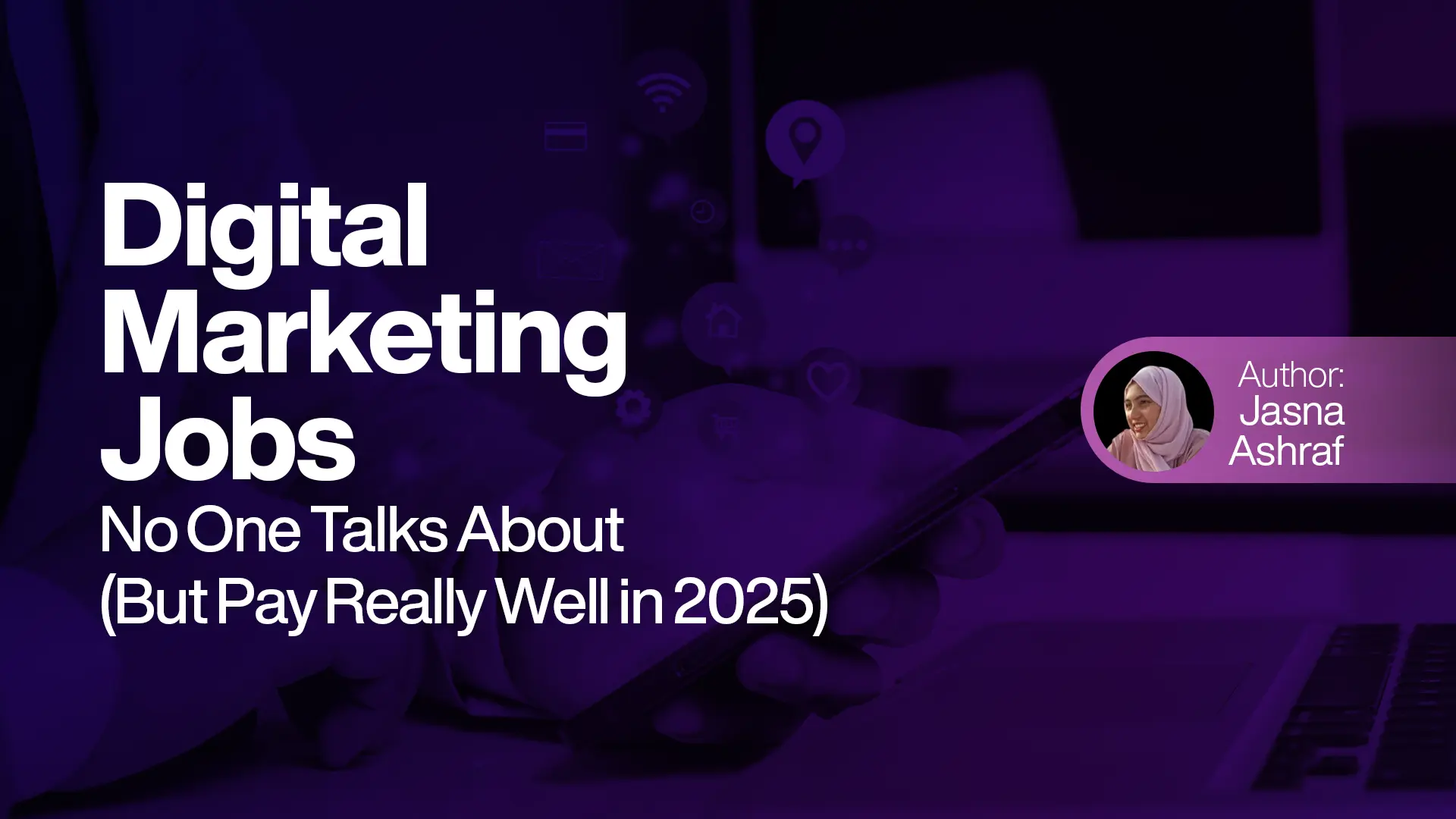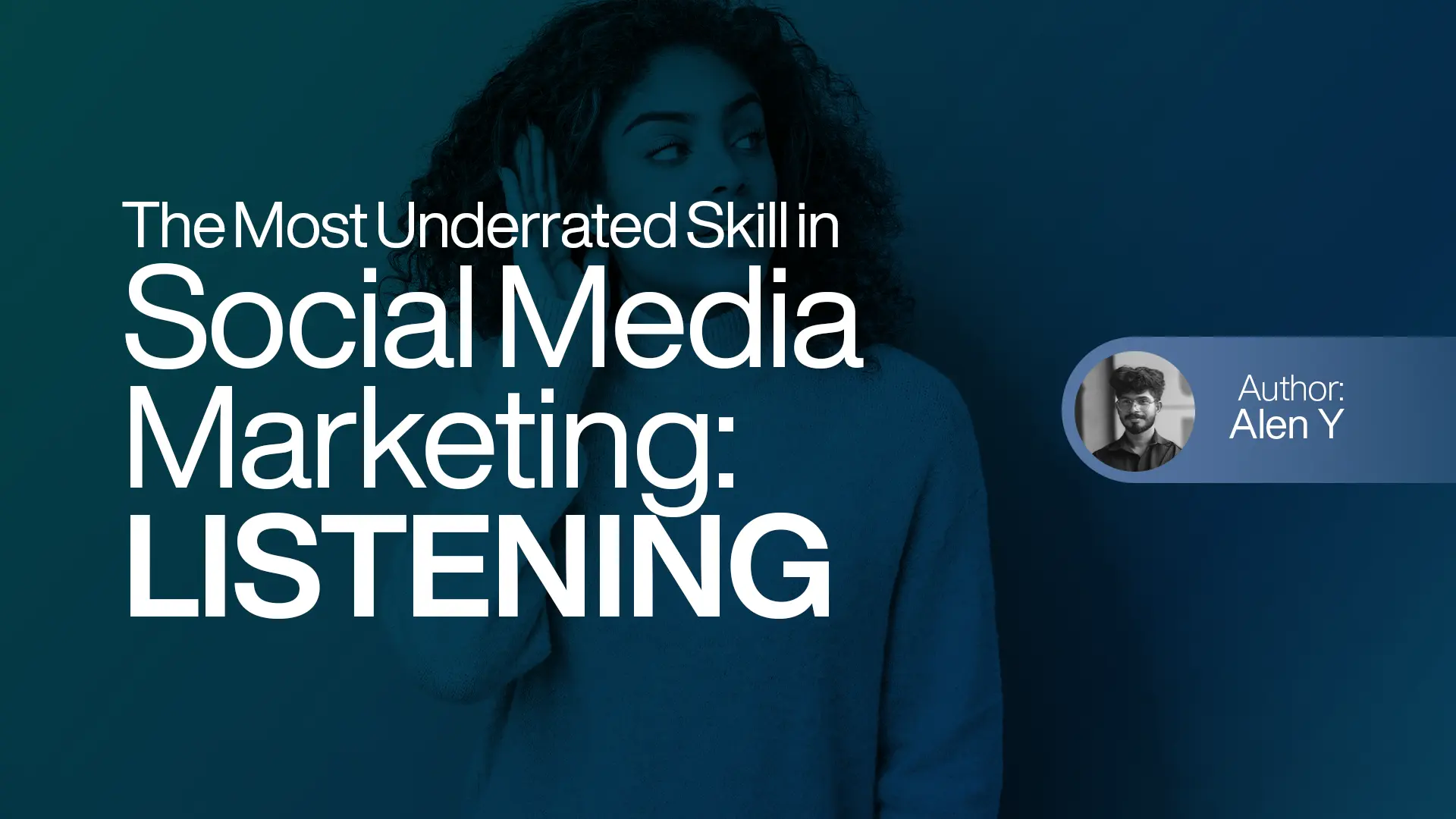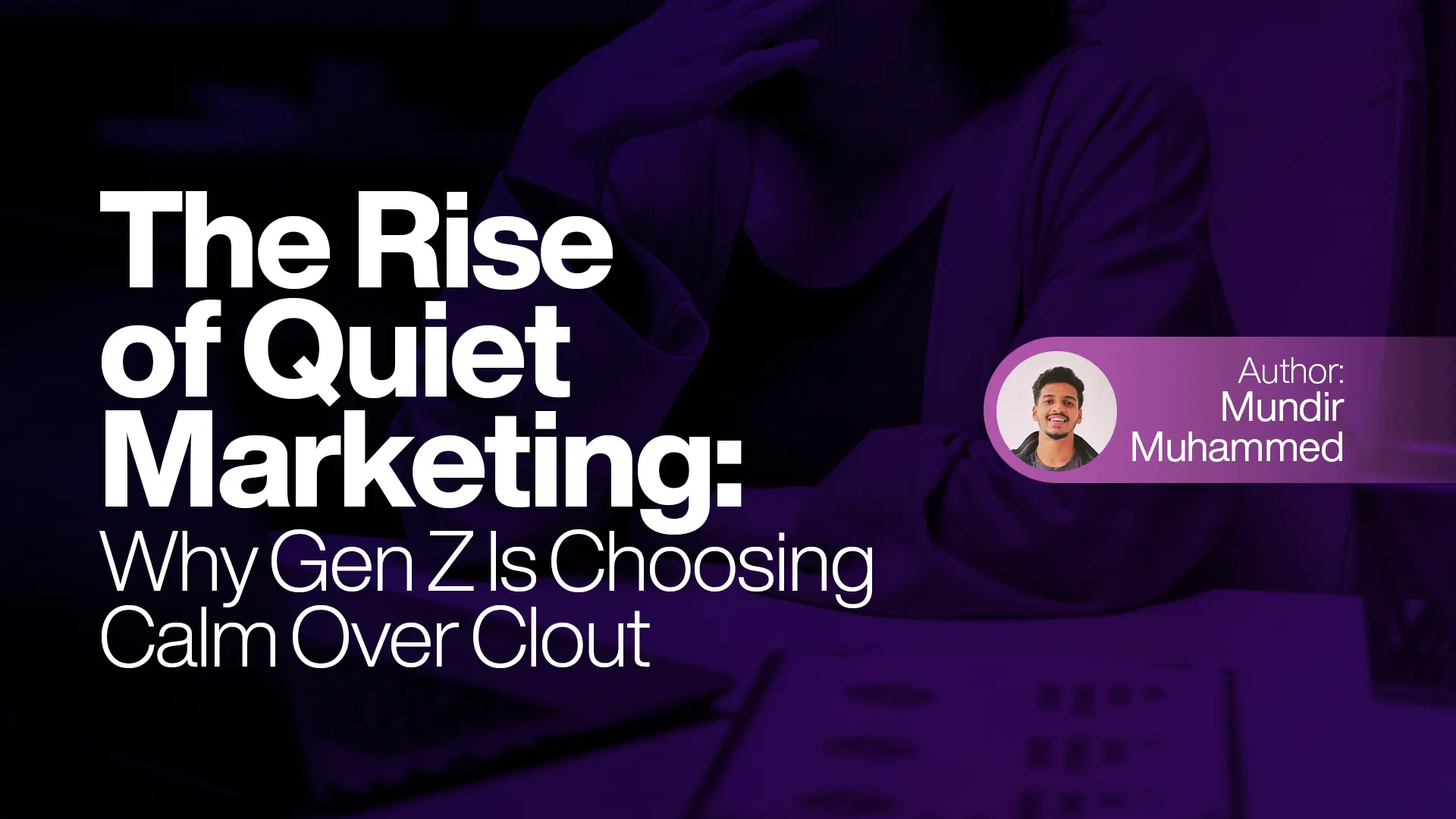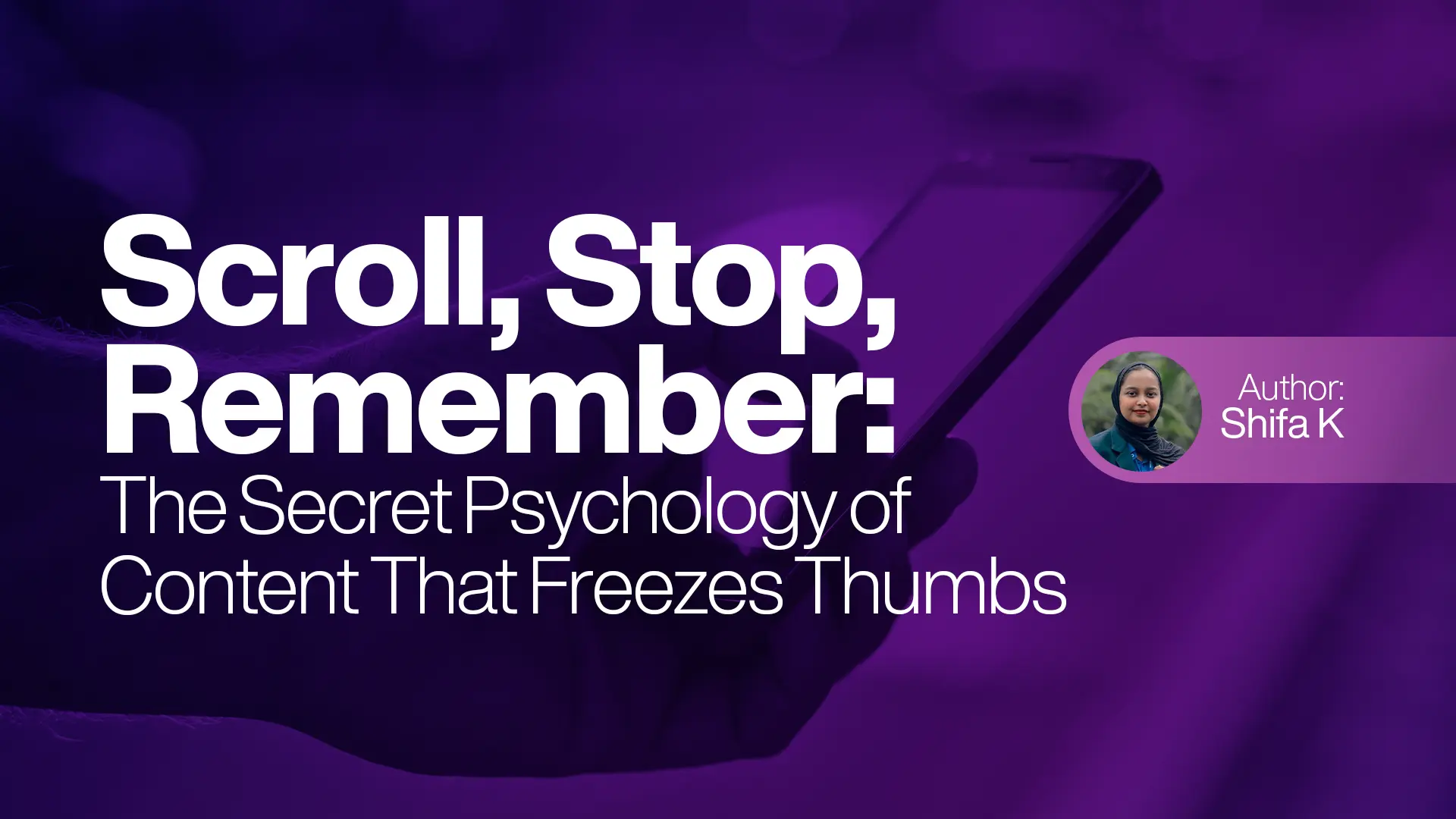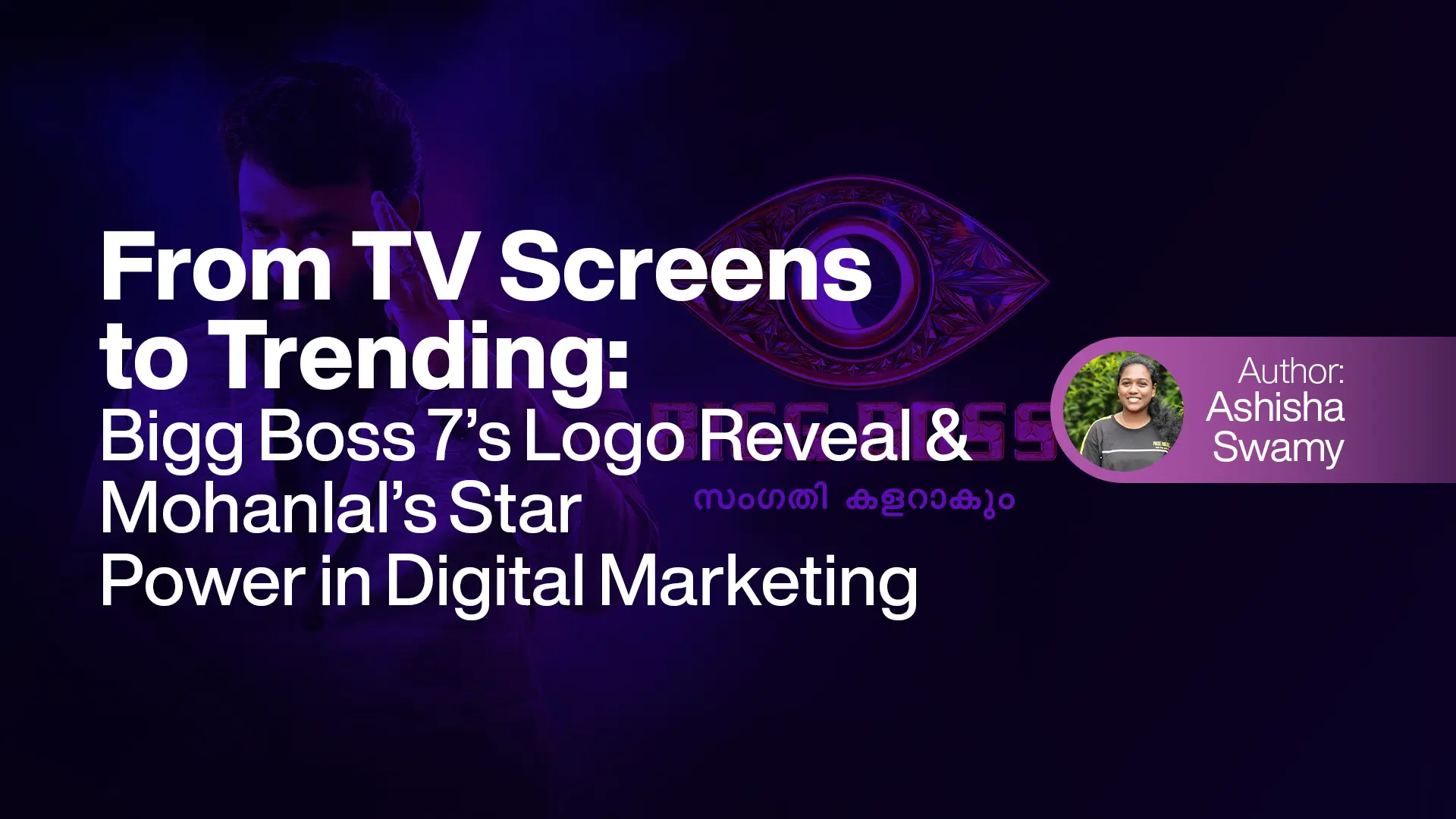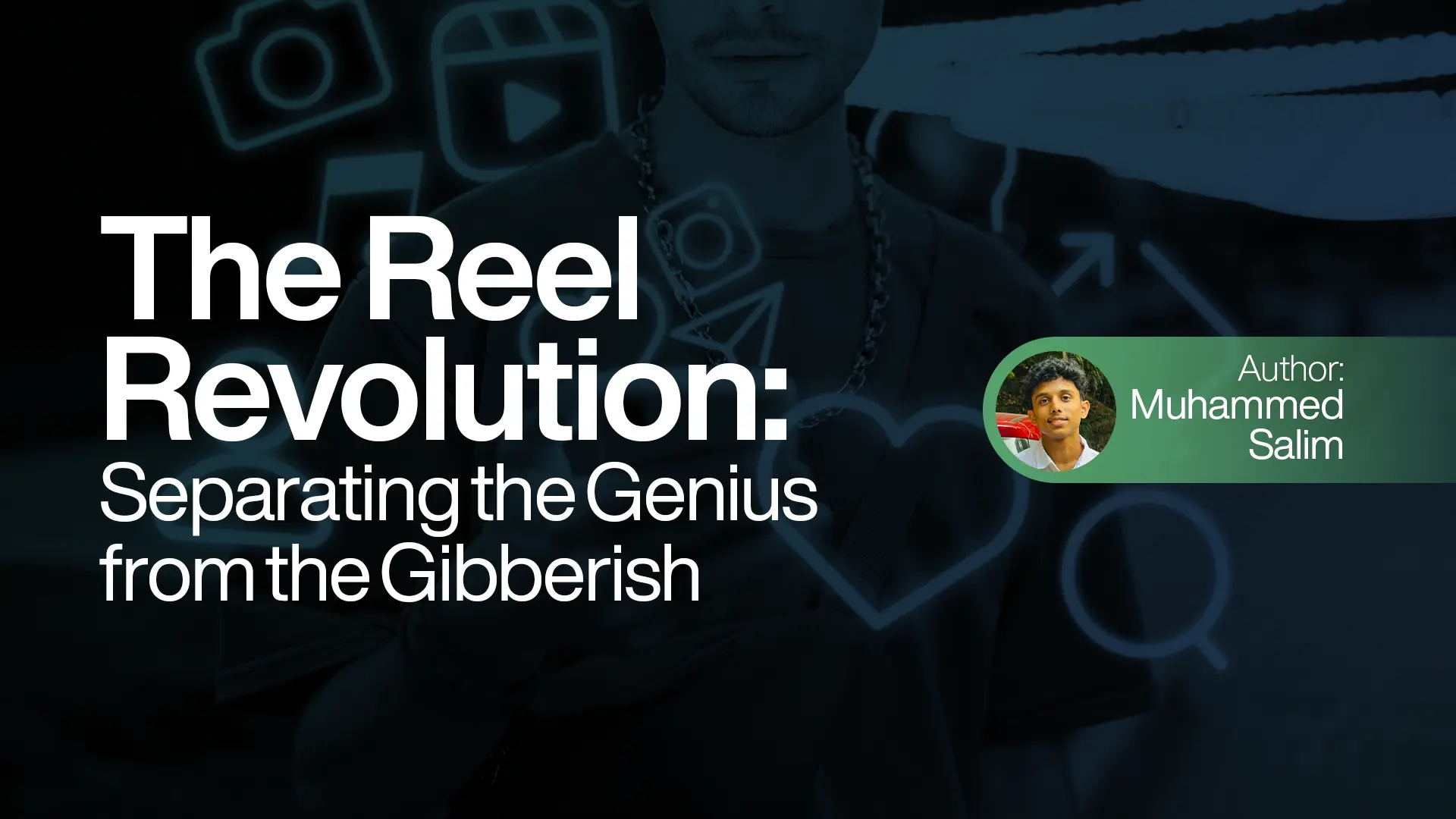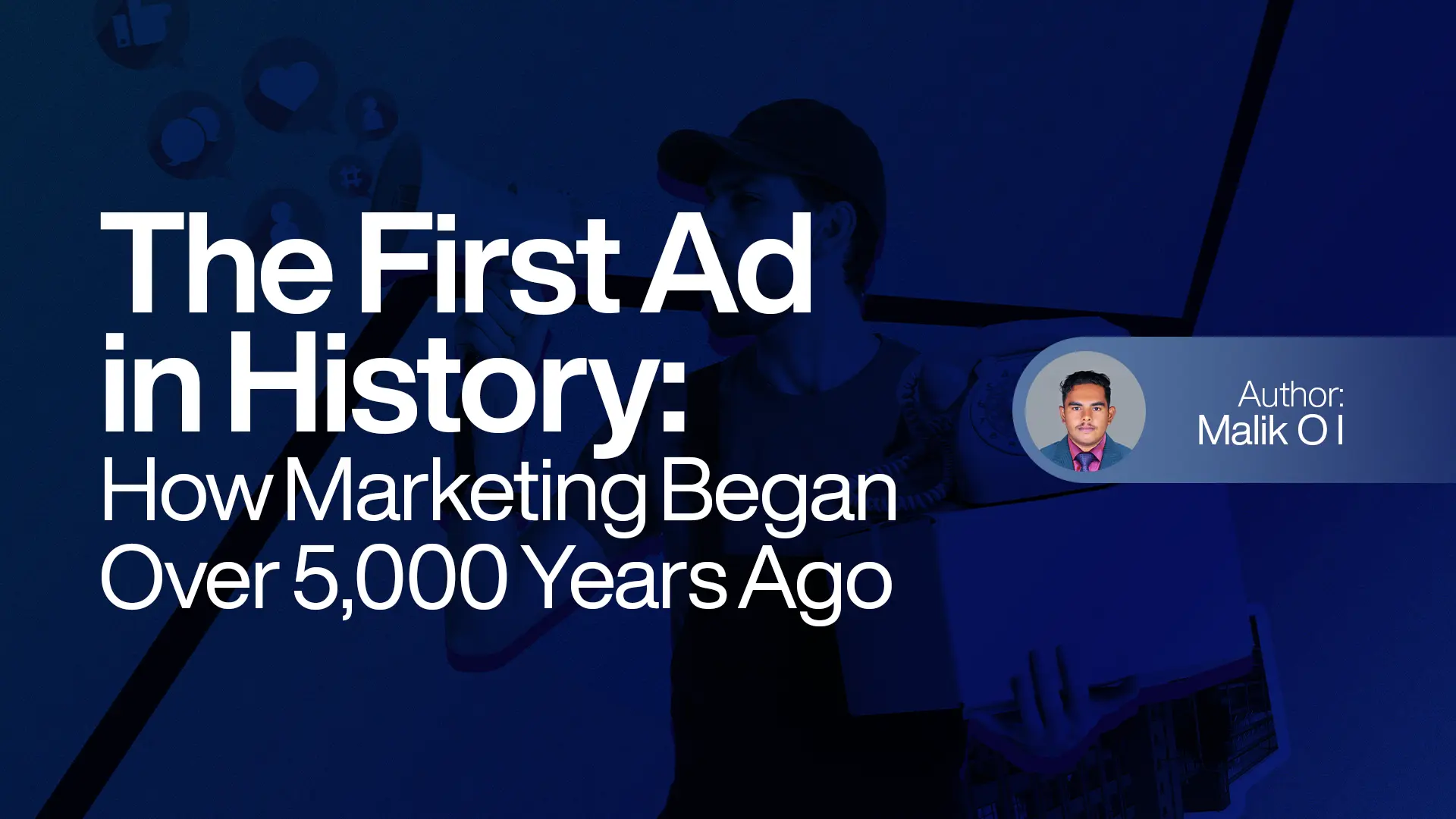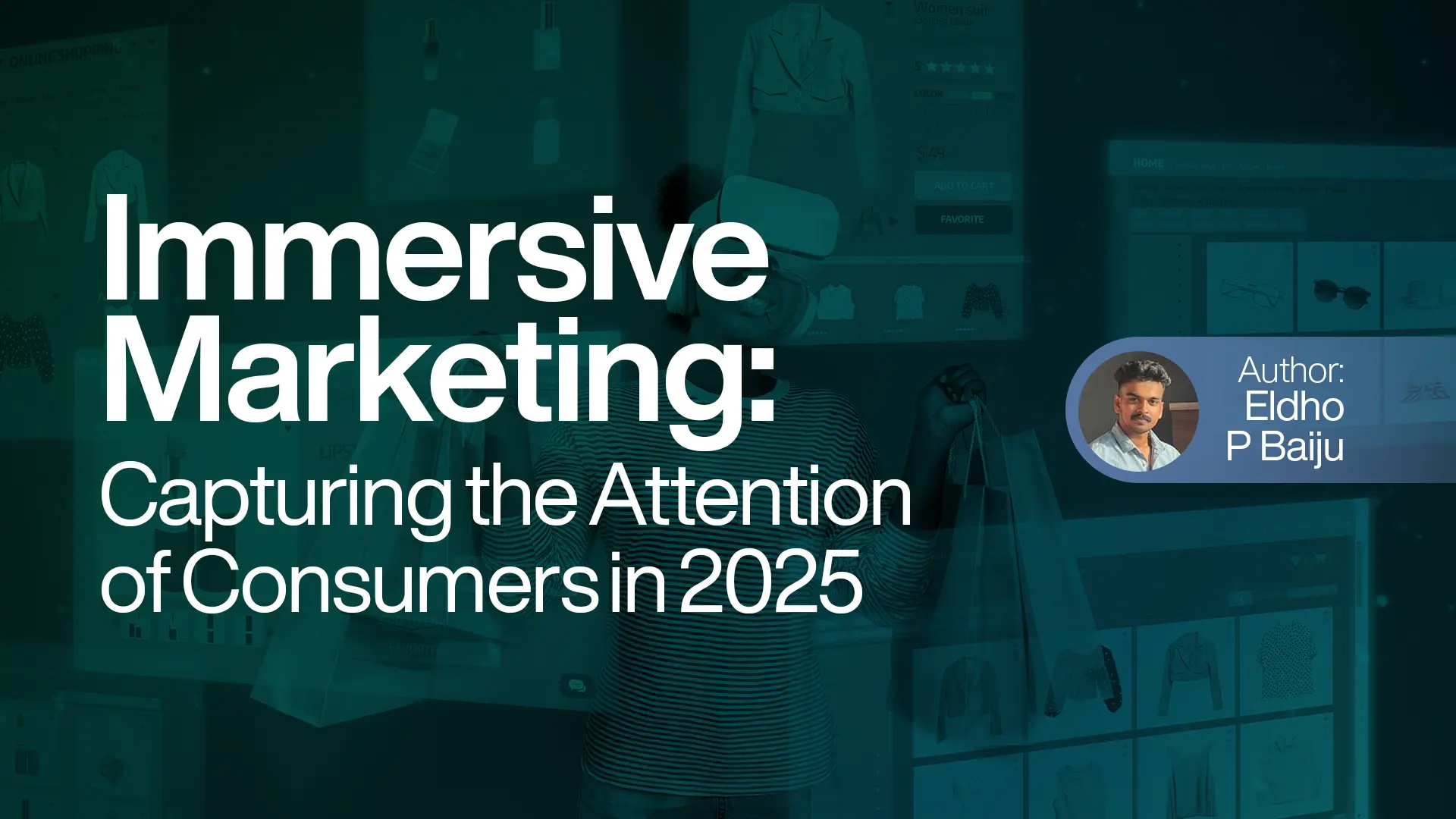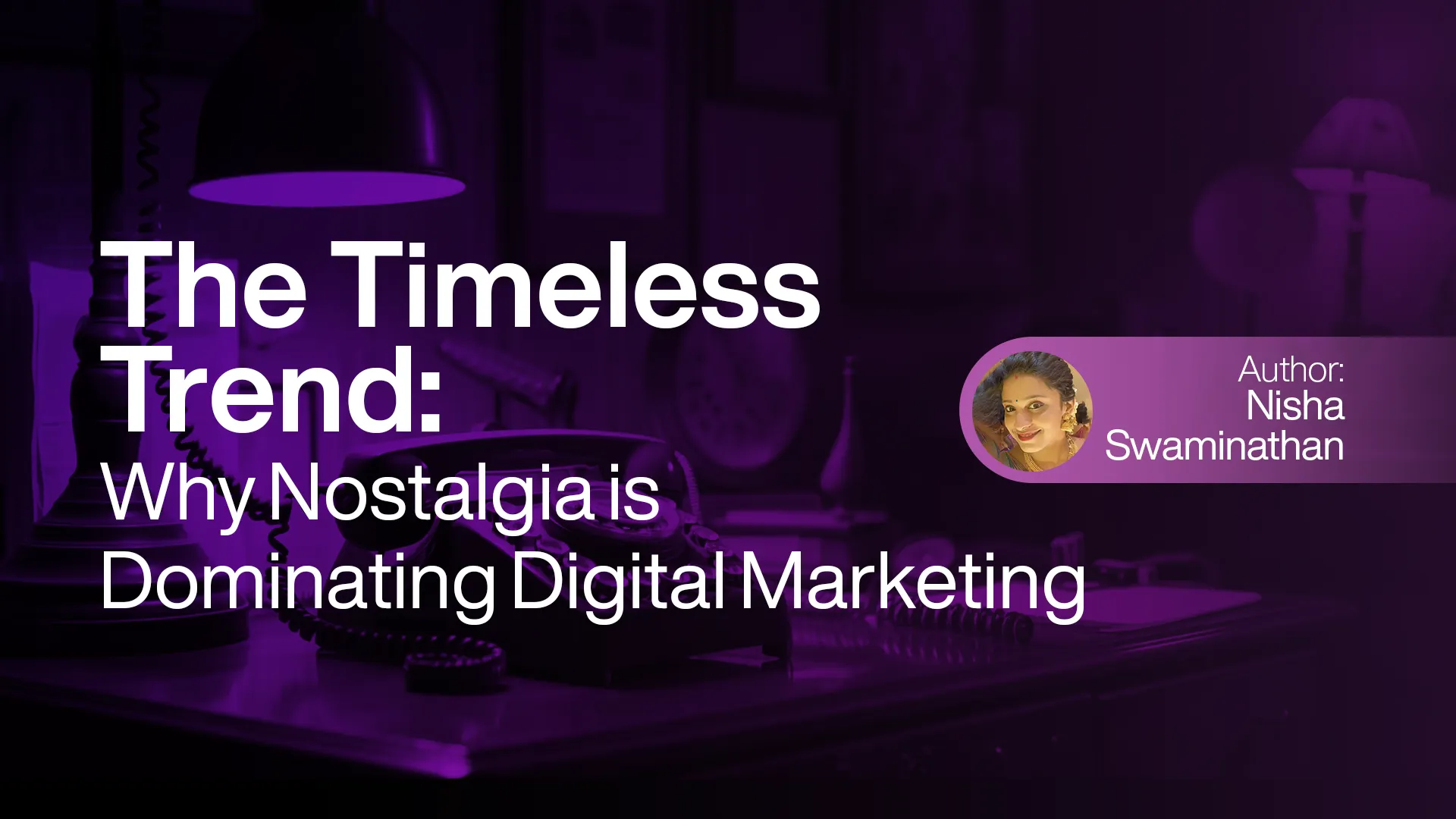Brands are looking for creative ways to make a lasting impression in a time when consumers' attention is split and short. Multi-sensory integration, which combines sight, sound, and touch in an intentional way to create realistic brand experiences, is one such strategy. This approach engages customers more deeply and emotionally than normal marketing. Building closer relationships with audiences needs experts in branding, marketing, and design to understand and implement multi-sensory integration.
Table of Contents
- The Science Behind Multi-sensory Integration
- Sight: The Spoken Visual Identity
- Sound: Brands' Unspoken Language
- Touch: The Relationship Through Touch
- Integrating Sight, Sound, and Touch: Creating Immersive Experiences
- The Influence of Multi-Sensory Branding on Business
- conclusion
The Science Behind Multi-Sensory Integration
The brain's capacity to process and combine data from multiple senses at once is used in multisensory integration. According to research, sensory experiences are closely connected; for example, the sound of a product opening can improve our opinion of its quality, while the texture of the packaging can influence our opinion of its worth. Brands can create experiences that more deeply engage with consumers and leave a lasting impression by taking into consideration these sensory interactions.
Sight: Creating Visual Impressions
A brand's visual elements tend to be the first thing a customer sees. Before any words are spoken, images, colours, and design aesthetics provoke feelings and send communications.
Case Study: Apple Apple's retail locations and products both follow the minimalist design concept. The brand's identity appears in the elegant ambience created by the use of metal and glass, as well as the elegant, minimalist design. Customers can focus on the products due to the clear, clean design and warm, bright lighting, which improves their visual experience.
Sound: Brand’s Unspoken Language
One of the most successful strategies for influencing consumer impressions is sound. A brand's sound, a store's atmosphere, or a product's sound design are just a few examples of how auditory features can affect feelings and actions.
Case Study: Mastercard
A signature sound that plays throughout payments has been added by Mastercard. By providing a constant audio signal throughout every payment, this auditory branding strengthens the brand's identity and helps remember.
Touch: The Relationship Through Touch
Our impression of products is greatly influenced by our sense of touch. Our evaluation of an item's quality and attract can be influenced by its feel, weight, and texture.
Case Study: Coca-Cola
Customised bottles with textured labels were first introduced by Coca-Cola's "Share a Coke" being promoted. The emotional bond with the brand was strengthened by the physical sensation of holding a bottle displaying one's name, which created a sense of customisation and ownership.
Integrating Sight, Sound, and Touch: Creating Immersive Experiences
The most successful multi-sensory branding techniques communicate touch, sound, and sight. These components give the customer a smooth and engaging experience when they fit the brand's identity and values.
Singapore Airlines Case Study
Singapore Airlines uses a unique fragrance with citrus, lavender, and rose overtones that is applied throughout the aircraft and used in their uniforms. The entire sensory experience is improved by this unique smell, creating a special sensation that is only available during their flights.
Porsche Case Study
Porsche customises the engine sounds of its cars, including the electrified ones, to give drivers a unique and modern sound experience. The physical experience Driving a Porsche is improved by the sound design's attention to minute details, which promotes the brand's dedication to quality and creativity.
The Influence of Multi-Sensory Branding on Business
Stronger connections with customers, improved customer loyalty, and increased brand memory can result from applying a multisensory branding strategy into action.
Visa Case Study
By using a number of sensory signals, such as sound, animation, and touching, to allow customers know they have made a payment using Visa, the company created multi-sensory branding. According to research, people who did not experience the sensory branding at the point of transaction had 14% more favourable opinions of the Visa brand.
Dunkin' Donuts Case Study
In South Korea, Dunkin' Donuts installed machines on passenger buses that played the Dunkin' Donuts jingle and released the smell of freshly made coffee as part of a sensory marketing effort. Sales of the brand increased by 29% as a result of this multisensory strategy, showing how successful it is to attract multiple senses at once.
Conclusion
Creating memorable brand experiences is more crucial than ever in a world where consumers are overloaded with options and information. Brands may create full-body experiences that more deeply engage with consumers by carefully blending sight, sound, and touch. This will strengthen emotional bonds and build loyal customers. Implementing multi-sensory integration will help you stand out from the competition as a branding and marketing expert and provide your audience experiences they will never forget.

